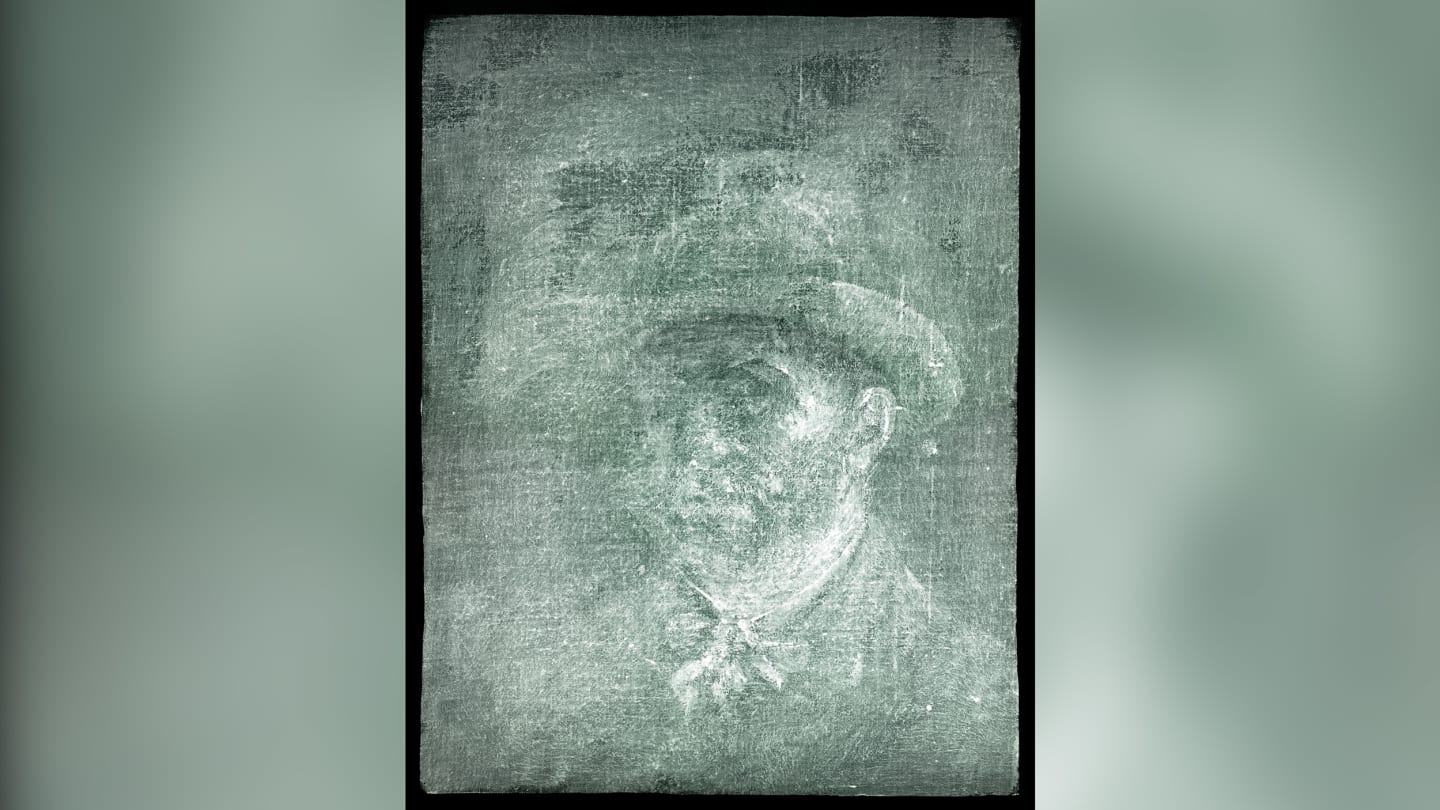
An unknown self-portrait of artist Vincent Van Gogh has been discovered. It was tucked behind another of Van Gogh’s works- hidden by layers of cardboard. The painting is from a time before Van Gogh’s left ear was severed in 1888 as the self-portrait shows the artist’s ear prominently.
The portrait is supposed to have been hidden from public view for years. However, it was unearthed after an X-ray was taken of another of Van Gogh’s works. Van Gogh was known to use both sides of canvases to paint in order to save money.
The extraordinary discovery by the National Galleries of Scotland is believed to be a first for a UK institution. The sketch is believed to be an early work of the artist. Perhaps his first exploration of self-portraits, which he later became known for.
Details of discovered Van Gogh’s self-portrait

The layers of cardboard and glue were thought to have been applied ahead of an exhibition in the early 20th century.
The sketch will be available for viewing at the upcoming exhibition ‘A Taste of Impressionism’. It will take place at the Royal Scottish Academy, Edinburgh. The image can be viewed as an X-ray image through a specially crafted lightbox.
Experts state that the process of removing the glue and the cardboard from the sketch will require delicate conservation work and one has to take care that the drawing of the Peasant Woman is not harmed.
The discovery has been described as ‘thrilling’ by Professor Frances Fowle a senior curator of French art at the National Galleries of Scotland.
“Moments like this are incredibly rare. We have discovered an unknown work by Vincent van Gogh, one of the most important and popular artists in the world,” she said.






